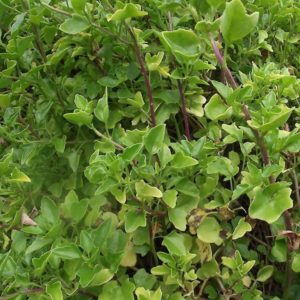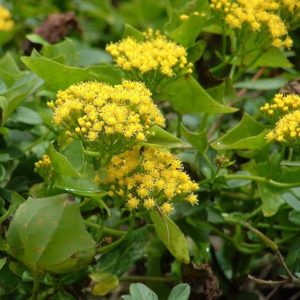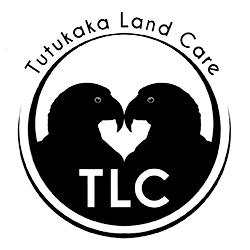Cape Ivy out-competes our low growing native species on our coastlines and embankments.
Cape Ivy (Asteraceae – Senecio angulatus) is spreading quickly and smothering our low growing native species with its dense cover along our coastlines and on embankments. Cape Ivy flowers and seeds prolifically quickly maturing into dense mats that are long lived. It is spread easily by seed or cuttings.
Cape Ivy is in our Dirty Dozen because its dense mats will smother our low growing native species on coastlines and embankments.
It can sometimes be confused with German Ivy (which is plant pest as well) but has a thicker more succulent like leaf.

Cape Ivy, thick succulent like leaves

Cape Ivy, Yellow Flower from April to July
How you can help…
You can remove it by hand pulling small seedlings or you can apply herbicide to remove them. You can find out how best to control Cape Ivy and what to use on NRC’s Pest Control Hub (click here)
Need help?
If you are in the Tutukaka area and need help or access to herbicide and tools please contact us on text 022 526 1972 or email s.w.a.tutukaka@gmail.com – our team of weed surveyors and slayers are only too happy to assist!
For more information check out Northland Regional Council’s Pest Control Hub (click here) or Weedbusters (click here)




 Join Tutukaka Land Care
Join Tutukaka Land Care